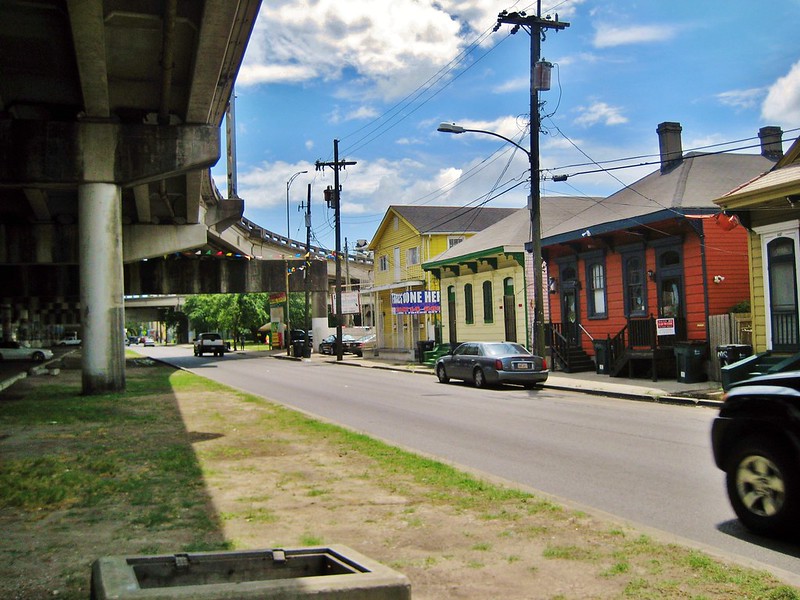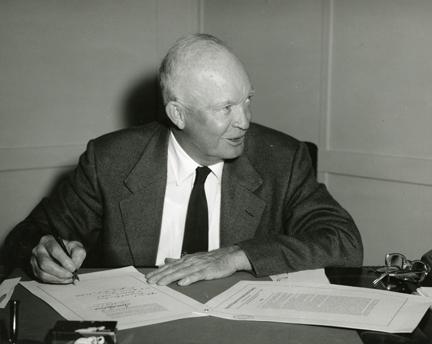Racism and the IHS
According to Deborah N. Archer, national board president of the American Civil Liberties Union, the “highways often tore through once-vibrant communities, ripping the social fabric and inflicting psychological wounds on both those forced to leave their homes and those left behind.”
Archer claims this was intentional to combat court rulings which outlawed racial zoning and promoted integration. “In states around the country, highways disproportionately displaced and destroyed Black homes, churches, schools, and businesses, sometimes leveling entire communities,” she wrote.
Although many minority communities were uprooted by IHS construction, the real culprit was cost efficiency, argues Norman Garrick, a professor of civil engineering at the University of Connecticut. The cheapest land to buy was in poor communities, with mostly minority residents.

I-10 cutting through Black community in New Orleans, American Society of Civil Engineers
